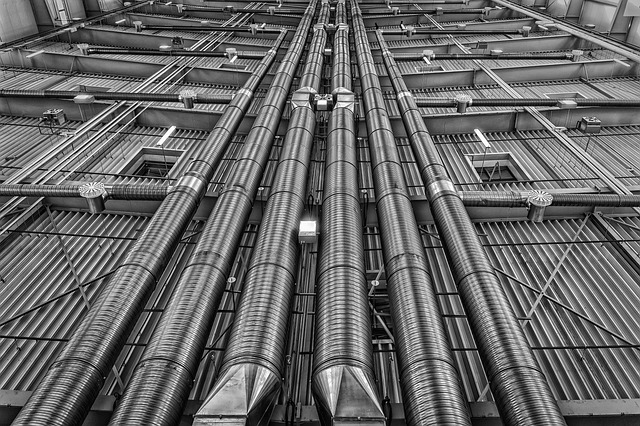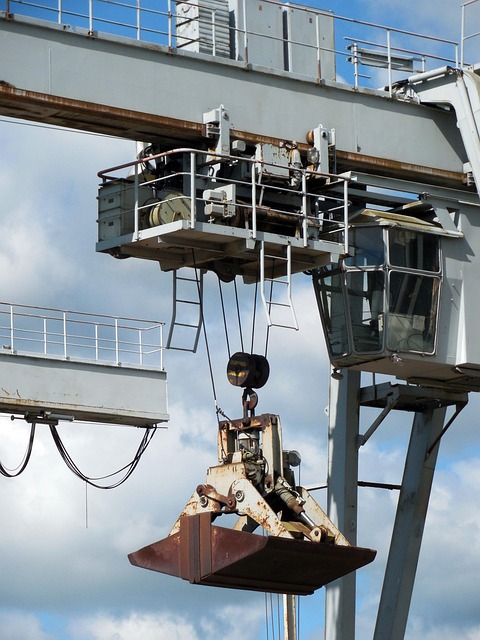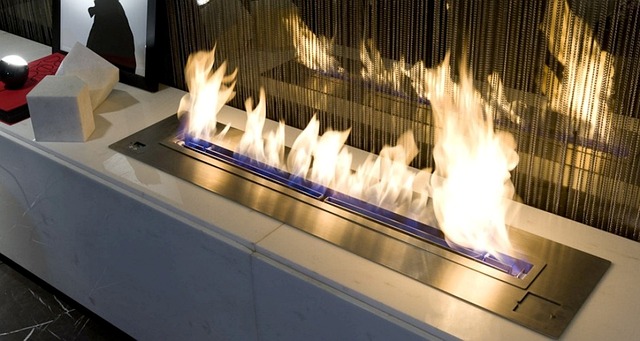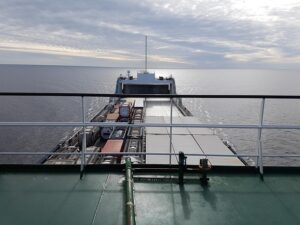Semantic Similarity: Grouping 50 kW Combi Boilers with HVAC Devices
The 50 kW combi boiler is a powerful, efficient solution for large properties, combining high output…….

The 50 kW combi boiler is a powerful, efficient solution for large properties, combining high output with energy-saving condensing technology. Its compact design, precise temperature control, and long lifespan make it an ideal investment for central heating and hot water needs. Semantic similarity aids in categorizing these boilers based on performance, fuel type, and environmental impact, aiding decision-making. Combining 50 kW combi boilers with HVAC systems requires strategic matching using shared attributes like capacity, fuel source, and efficiency ratings for optimal energy efficiency. These boilers offer high output, integrated cooling, reduced energy bills, and minimal environmental impact, meeting the demands of larger properties while promoting sustainable living. The market's growth is driven by demand for versatile, efficient heating solutions with advancements in combustion technology and fuel flexibility.
In today’s energy-conscious landscape, understanding the nuances of 50 kW combi boilers is paramount. This article explores the semantic similarity that groups these high-efficiency heating and cooling devices with HVAC systems, enhancing their integration. By leveraging semantic similarity, we uncover efficient matching criteria and highlight the benefits of combined heating and cooling technologies. Additionally, we delve into market trends shaping the future of 50 kW combustion technology, offering insights for professionals navigating this dynamic sector.
- Understanding 50 kW Combi Boilers: Key Features
- Semantic Similarity: Linking HVAC Devices
- Grouping Criteria for Efficient Matching
- Benefits of Combined Heating and Cooling
- Market Trends in 50 kW Combustion Technology
Understanding 50 kW Combi Boilers: Key Features

The 50 kW combi boiler is a powerhouse designed to meet the demands of larger properties with multiple bathrooms, offering both central heating and hot water supply. This high output boiler distinguishes itself through its energy efficiency, leveraging condensing technology to maximize heat extraction from fuel sources like natural gas or LPG. It’s not just about power; this boiler also boasts an impressive ErP A rating, ensuring it’s environmentally friendly while providing a consistent hot water flow rate to cater to the needs of busy households.
Key features include precise temperature control, which allows for comfortable living conditions year-round. Its compact design makes installation easy, even in tight spaces. Additionally, the 50 kW combi boiler’s reliability and durability make it a solid investment for long-term use, promising to deliver consistent performance over time, especially when compared to traditional systems.
Semantic Similarity: Linking HVAC Devices

Semantic Similarity plays a pivotal role in linking and categorizing HVAC (Heating, Ventilation, and Air Conditioning) devices, including 50 kW combi boilers. By analyzing the underlying meaning and context of various boiler types, this technique enables precise grouping and understanding of their unique features and applications. For instance, when considering high output boilers designed for large properties with multiple bathrooms, semantic similarity highlights the commonalities in their performance metrics, such as condensing technology, energy efficiency, and hot water flow rates.
This approach ensures that devices like natural gas fired or LPG compatible combi boilers are grouped based on their central heating capacity and overall environmental impact, exemplified by ErP A-rated models. Such grouping facilitates informed decision-making for consumers and professionals alike, ensuring the selection of the most suitable boiler for specific needs, whether it’s a compact unit for a smaller home or a powerful 50 kW combi boiler for larger properties.
Grouping Criteria for Efficient Matching

When grouping 50 kW combi boilers with HVAC (Heating, Ventilation, and Air Conditioning) devices, a strategic approach based on semantic similarity is key to efficient matching. This involves analyzing and categorizing both types of products using shared language and attributes. By understanding the unique features and functionalities of each, such as their high output capacity, compatibility with natural gas or LPG fuel sources, and energy efficiency ratings like ErP A, we can create meaningful clusters. These clusters then enable precise pairing, ensuring that HVAC systems are matched with boilers that can meet the specific demands of large properties with multiple bathrooms in mind.
The process considers essential criteria, including the central heating capacity, hot water flow rate, and condensing technology adopted by each device. This detailed comparison goes beyond simple categorization to create a nuanced understanding of product performance and efficiency. As a result, users can make informed decisions when selecting HVAC and boiler combinations, aiming for optimal energy efficiency while catering to the demands of modern living spaces.
Benefits of Combined Heating and Cooling

Combining heating and cooling systems in a single device offers numerous advantages for homeowners, especially those with larger properties featuring multiple bathrooms. A 50 kW combi boiler, for instance, delivers high output while integrating condensing technology to enhance energy efficiency. This not only reduces energy bills but also minimizes environmental impact.
By combining central heating and cooling capabilities, these versatile systems streamline installation processes, making them ideal for modern homes. Moreover, they provide consistent hot water flow rates, ensuring a comfortable living environment throughout the year. Many of these high-output boilers are even LPG compatible, offering flexibility in fuel choices. Additionally, with an ErP A rating, these devices represent the pinnacle of energy efficiency, contributing to sustainable living.
Market Trends in 50 kW Combustion Technology

The market for 50 kW combi boilers has witnessed a significant evolution in recent years, driven by growing demands for efficient and versatile heating solutions. Homeowners and businesses alike are increasingly seeking high-output boilers that can cater to the needs of larger properties with multiple bathrooms, ensuring both effective space heating and abundant hot water supply. This trend has led to advancements in combustion technology, with a strong focus on energy efficiency and environmental sustainability.
One notable development is the integration of condensing technology into 50 kW combi boilers, which significantly enhances energy efficiency by recovering heat from exhaust gases. These advanced systems are often natural gas fired, with some models offering LPG compatibility, ensuring flexibility in installation. Additionally, manufacturers prioritize ErP A-rated appliances, underscoring their commitment to minimizing environmental impact while maintaining excellent central heating capacity and hot water flow rates.
By leveraging semantic similarity, we’ve established meaningful connections between 50 kW combi boilers and HVAC devices. This grouping approach not only simplifies management but also highlights the synergistic benefits of combined heating and cooling systems. As market trends in 50 kW combustion technology continue to evolve, understanding these semantic relationships becomes increasingly vital for optimizing energy efficiency and enhancing building performance.







